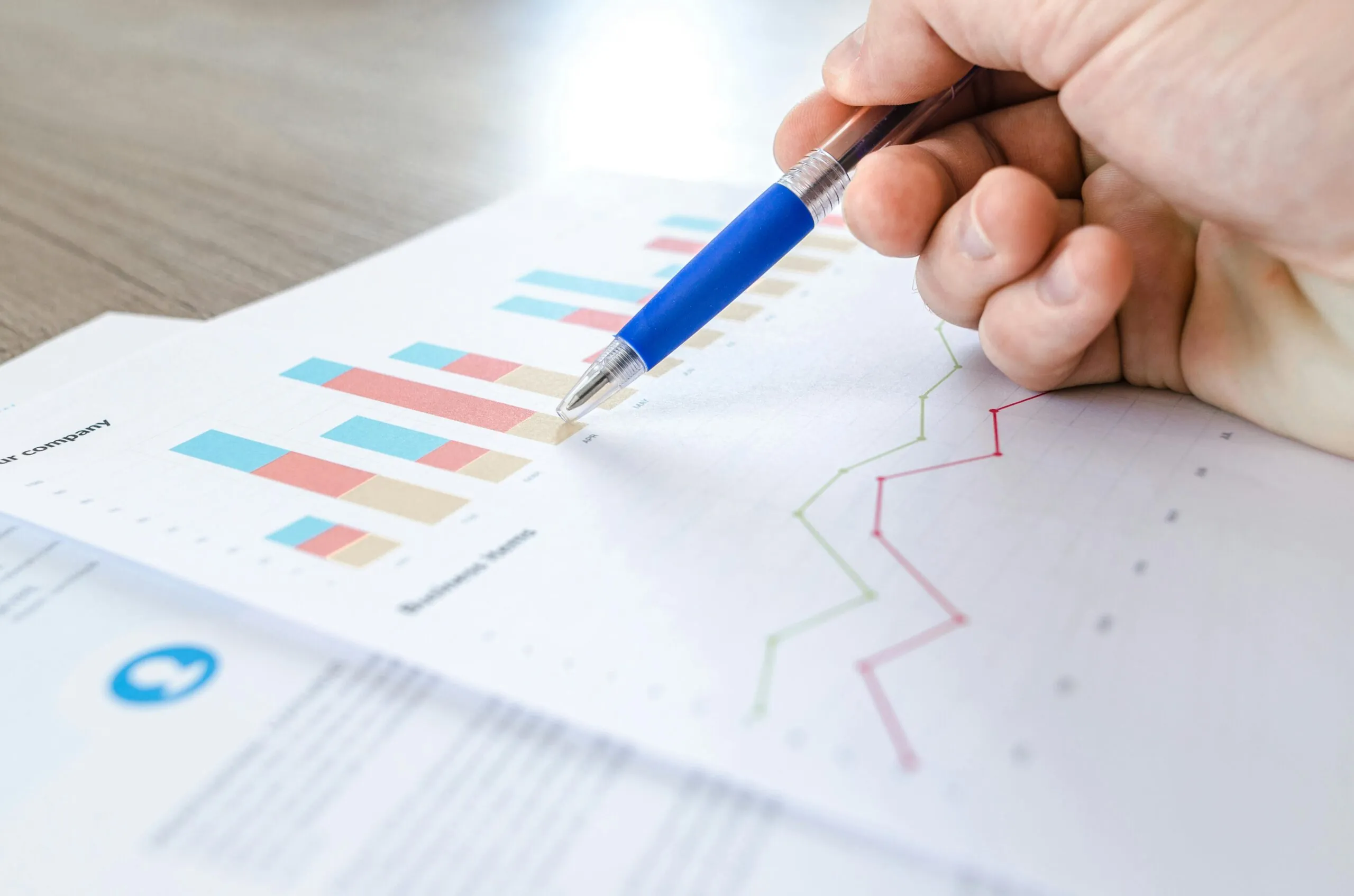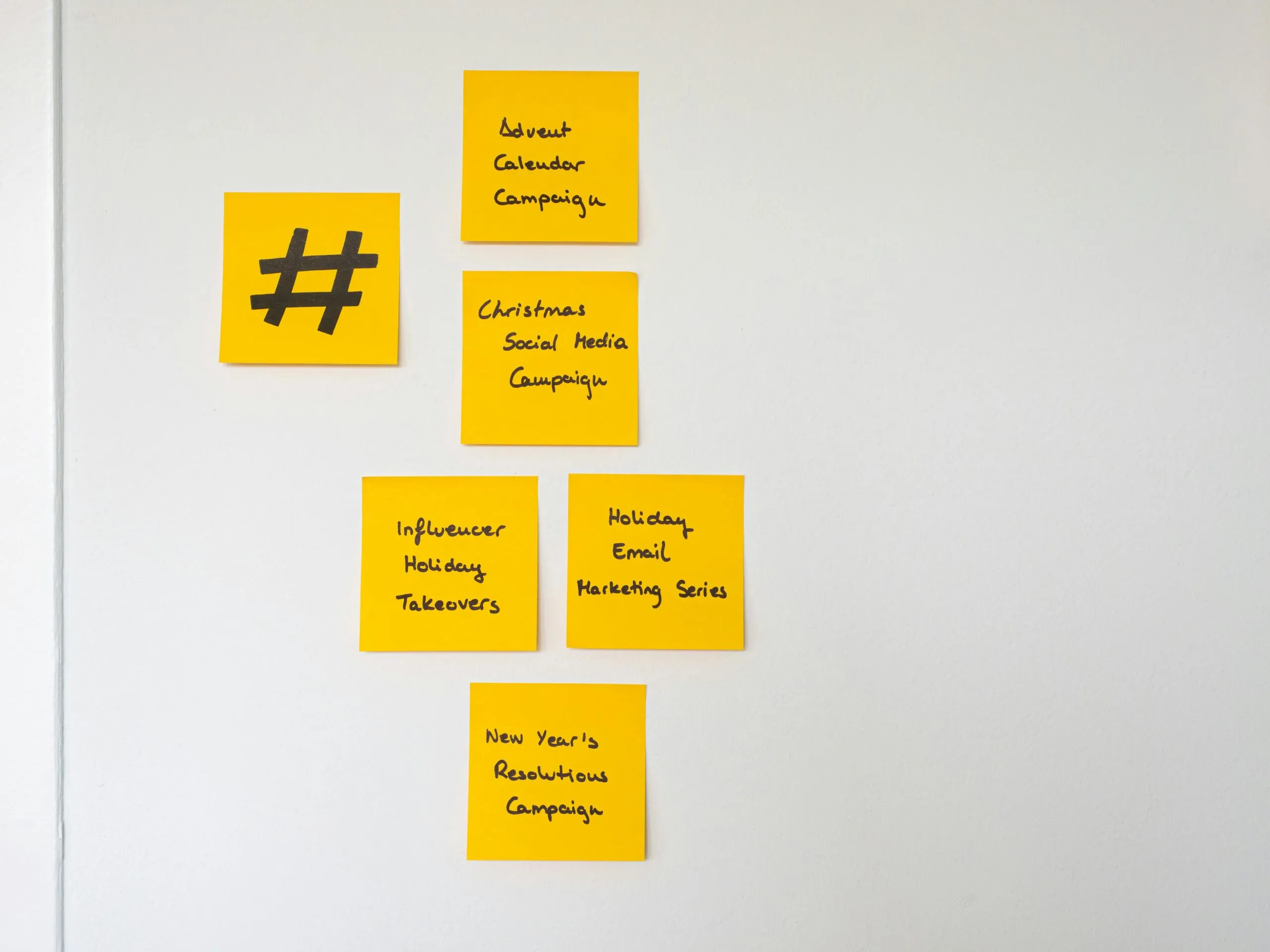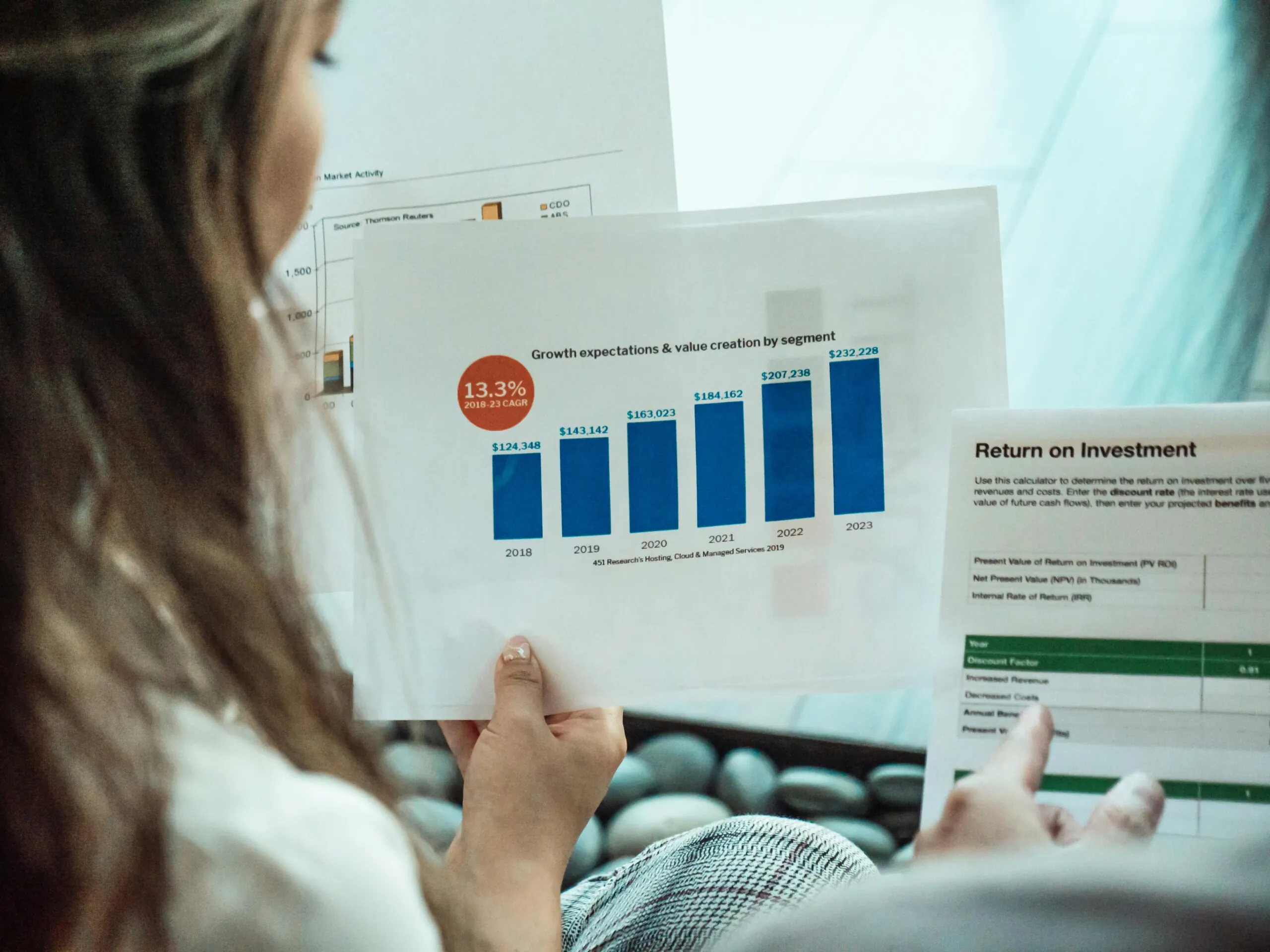
Leveraging Technology to Streamline Corporate Event Management
October 2, 2025
Collecting Post-Event Feedback: Tools and Techniques
November 6, 2025Utilising Data Analytics for Better Event Planning
Tips and Tricks · 16 October 2025

In today’s fast-paced landscape of corporate events, data is no longer just a by-product it’s a vital asset. Event planners are turning to data analytics to refine decision-making, enhance attendee experience, and prove return on investment (ROI). By collecting the right data and acting on it strategically, organisations can create more impactful and streamlined events.
This blog explores how data analytics is transforming event planning, from identifying meaningful metrics to predicting future trends.
What Event Data Should You Be Collecting?

Before any analysis can begin, it’s essential to understand which types of data are worth gathering. Effective data collection lays the foundation for insights that drive smarter planning and engagement.
- Registration and Demographic Data
Knowing who is attending your event, age group, job role, industry, and location helps tailor content, speakers, and experiences. This data also assists in segmenting communication before and after the event. With detailed demographic profiles, event planners can personalise messaging and event structure. - Attendance and Check-In Data
Tracking when attendees arrive, which sessions they join, and how long they stay gives insight into programme effectiveness. Real-time check-ins through QR codes or RFID ensure accuracy. This data helps organisers optimise future schedules and venue logistics. - Session Feedback and Survey Responses
Post-event surveys and in-app feedback provide qualitative insights into what attendees liked, disliked, or expected more of. This helps measure satisfaction and identifies areas for improvement. It also builds a feedback loop that informs long-term planning. - Engagement Metrics
Data from app interactions, polls, Q&A sessions, and social media mentions highlight how involved participants were. High engagement often correlates with better overall experience. These metrics also indicate what content resonated most. - Exhibitor and Sponsor Interactions
Tracking booth visits, scan rates, or meeting requests adds depth to understanding B2B engagement. This information is critical for sponsors seeking clear outcomes. It also demonstrates event value beyond attendance numbers.
Turning Insights into Actionable Strategies

Collecting data is only part of the equation, translating it into strategies is where the value lies. Effective analytics can significantly improve planning for future corporate events.
- Improving Content Planning
Identify which sessions had the highest attendance or most engagement to guide future content curation. Speakers or topics that performed well can be prioritised. Underperforming sessions can be redesigned or replaced altogether. - Refining Marketing Efforts
Data on audience demographics and behaviour can be used to segment and retarget email or social campaigns more effectively. Knowing which channels converted the most registrations informs where to invest your ad spend. Timing and messaging can be refined for better open and click-through rates. - Enhancing Venue and Layout Choices
Heatmaps and footfall data can show which areas were most visited. This helps in optimising signage, stall placement, and traffic flow. If particular rooms were consistently overcrowded, future space allocation can be restructured. - Personalising the Attendee Journey
With detailed insights, event planners can craft customised experiences based on preferences and behaviour. This includes tailored agendas, targeted content, and bespoke communications. Personalisation not only increases satisfaction but also loyalty to the event brand.
Tracking Attendee Behaviour and Engagement

Understanding how attendees interact with your event is key to evaluating success and iterating for improvement. Technology provides real-time and post-event metrics that offer clarity on engagement.
- Real-Time Session Attendance
Tools such as RFID badges and event apps track which sessions attendees enter and how long they stay. This helps assess speaker performance and interest levels. It also flags popular time slots and topics. - In-App Polls and Q&A Participation
Monitoring engagement during sessions via live polls and Q&A gives immediate feedback. It shows which topics sparked curiosity and interaction. Low participation may suggest sessions are too passive or misaligned with audience interests. - Networking Patterns
Data from matchmaking tools or meeting schedulers can highlight the level of attendee interaction. Strong networking behaviour suggests a high-value event environment. This information is valuable for future format decisions. - Social Media Engagement
Tracking event hashtags, mentions, and shares provides insight into how much buzz your event created. It also amplifies reach and brand visibility. Sentiment analysis can be used to gauge audience mood and overall perception.
Predicting Trends and Needs for Future Events

Data from past events isn’t just useful for post-mortems, it can power predictive models that help future-proof your event strategy.
- Forecasting Attendance
Analysing past registration trends and attendance rates helps predict turnout more accurately. This assists with venue selection, catering, and staffing. It also prevents over- or under-planning resources. - Identifying Popular Content Themes
Session performance and survey data can reveal rising interests. This enables planners to stay ahead of trends and offer timely, relevant content. Data-driven agendas are often more successful and well-received. - Anticipating Operational Needs
Patterns in footfall, service desk queries, or check-in bottlenecks can highlight areas requiring additional support. Predictive planning helps avoid hiccups in future events. It also contributes to a smoother on-site experience. - Seasonality and Timing Insights
Evaluating when your audience is most responsive both in registrations and attendance helps in scheduling. Some industries may prefer Q1 events, while others favour end-of-year gatherings. These patterns support calendar planning.
Using Data to Justify ROI to Stakeholders

One of the strongest advantages of data analytics is its ability to communicate value in clear, quantifiable terms crucial when reporting to sponsors, partners, and senior management.
- Attendance vs. Target Metrics
Show how actual attendance compared to initial forecasts or KPIs. This provides clarity on campaign effectiveness. Any surplus or shortfall can be accounted for with data-driven reasoning. - Engagement and Satisfaction Scores
Sharing average engagement time, app usage rates, and feedback scores gives qualitative and quantitative validation. High satisfaction levels indicate brand alignment and successful programming. These metrics build confidence in the event’s design. - Sponsor and Exhibitor ROI
Data on booth visits, lead captures, or scheduled meetings offer tangible value for exhibitors. When sponsors see measurable exposure, they are more likely to return. Detailed reports strengthen these partnerships. - Cost-to-Value Ratios
Compare budget spent to outcomes achieved, such as leads generated or sales conversions. This positions the event as an investment rather than an expense. Smart allocation of funds can be defended and replicated.
As corporate events become more sophisticated, the use of data analytics is no longer optional; it’s a competitive advantage. By understanding attendee behaviour, refining content, and justifying outcomes, event planners can deliver higher impact with greater efficiency.
At Eventive, we offer event management solutions built to harness data at every stage from pre-event insights to post-event analysis. Let us help you plan smarter, engage better, and prove your ROI.
Get in touch with Eventive today and discover how our data-powered platform can help you build unforgettable corporate events.
Let’s Collaborate.
Get in touch with us for your next event!
We hope you enjoyed this article “Here’s Why Not Hiring an Event Company Could Be a Costly Mistake”. Head on to Our Works to see the events we have managed!
If you are looking to manage an event, then look no further than us.
